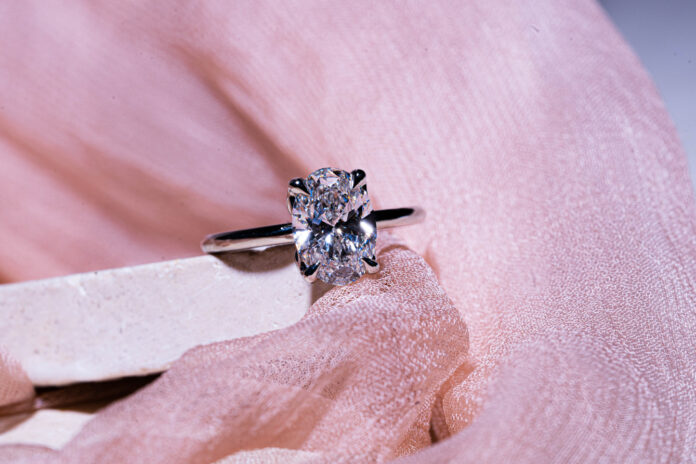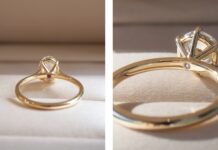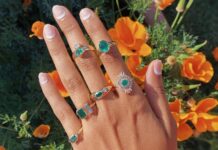Shopping for the perfect diamond engagement ring is an important and exciting milestone in a couple’s relationship. It’s a decision that requires careful consideration, as it symbolizes your commitment to one another.
But with so many options available, how do you find the right one? Here are some tips and tricks to help guide you through the process of choosing the perfect diamond engagement ring.
From understanding what makes a good quality stone to setting a budget, these simple guidelines will assist you in making this special moment even more memorable.
1. Understanding the 4 Cs: Clarity, Cut, Color, and Carat Weight
When it comes to finding the best engagement rings, there are four key factors you need to consider: Clarity, Cut, Color, and Carat Weight. Each of these has its own unique characteristics that can affect the overall look and quality of the stone.
- Clarity is a measure of how clear or transparent a diamond is; the higher grade of a diamond’s clarity, the fewer blemishes it will have. A good way to judge clarity is by looking at its cut – diamonds with larger carats often appear clearer because they tend to be better cut than smaller stones.
- The Cut determines how light reflects off each facet of a diamond; ideal cuts will create more sparkle and brilliance in your ring!
- Color grades range from D (the highest) down to Z (the lowest). Diamonds graded as D-F are considered colorless while G-J contains slight hints of yellow or brown. Choosing between colorless and colored diamonds depends on personal preference but generally speaking, colorless diamonds are more expensive due to their rarity. The last factor in choosing an engagement ring is
- Carat Weight – this refers simply to the size/weight ratio of your chosen diamond(s). Generally speaking, bigger isn’t always better when it comes to buying diamonds as heavy stones can sometimes appear duller than lighter stones if not cut properly.
Ultimately, however, this choice boils down once again to personal preference and budget limitations so make sure you decide what works best for you before taking any steps forward!
2. Setting a Budget for Your Engagement Ring
:max_bytes(150000):strip_icc()/Apres-Jewelry-Stella-Cushion-Cut-DIamond-Engagement-Ring-Ombre-Band-14K-Gold-2_1024x1024-4438f560fee74ce5b2bbea2fc8e9835c.jpg)
When you are setting a budget for your engagement ring, it is important to consider what type of diamond you want and how much you can realistically afford. Before shopping around for the perfect stone, do some research into the different types of diamonds available, such as colorless diamonds or colored stones like sapphires.
Knowing this information will help determine which stones fit within your price range. It is also important to take into account the size and quality of the diamond when deciding on a budget. A higher-grade diamond with greater clarity and carat weight will cost more than a lower-grade stone with fewer inclusions and smaller dimensions.
You should also factor in additional costs associated with purchasing an engagement ring, such as taxes or shipping fees when considering your overall budget. Lastly, keep an open mind while shopping for rings so that you don’t end up overspending due to unrealistic expectations.
Consider alternative options if necessary – sometimes opting for a smaller but higher-quality diamond may be preferable to buying a larger but lower-grade stone at a higher price point. Ultimately, finding the right balance between affordability and quality is key when setting your engagement ring budget!
3. Selecting the Right Metal Band for Your Ring
When selecting the metal band for your diamond engagement ring, there are a few key factors to consider.
- Firstly, what kind of look do you want? Do you prefer a more classic style or something more modern?
- Secondly, think about how comfortable it will be on your finger – is it too thick or too thin?
- Thirdly, consider any allergies you may have to metals and opt for a hypoallergenic alternative.
- Fourthly, decide if you want an engraved design as part of the band itself. Fifthly, take into account your budget and find something that fits within it while still making sure that quality isn’t compromised.
- Finally, go with whatever feels right – after all this is one decision that should never be taken lightly!
4. Research Different Diamond Shapes and Designs
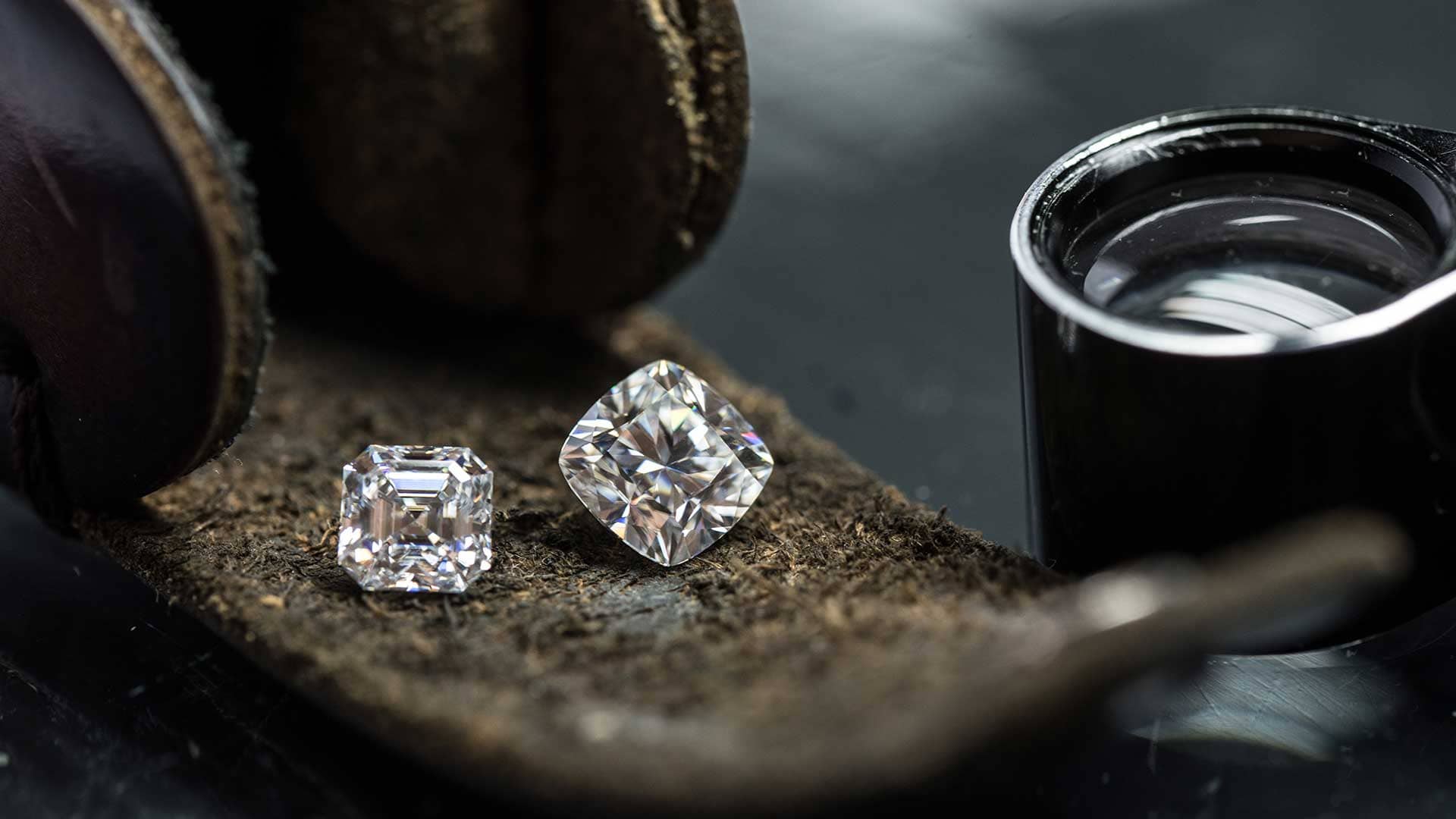
When it comes to finding the perfect diamond engagement ring, research plays a major role. Couples are often overwhelmed by the vast number of diamond shapes and designs available. It is important to understand each shape and design before making a purchase. The four most popular diamond shapes are round, princess, marquise, and emerald cut.
Round diamonds have been the traditional choice for many years due to their classic beauty and excellent brilliance; however, princess cut diamonds are becoming increasingly popular for their modern look that flatters any finger size or shape. Marquise-shaped diamonds offer an elegant silhouette that is sure to make heads turn while emerald-cut stones provide an understated yet timeless feel that will never go out of style.
Each unique shape offers its own characteristics in terms of appearance as well as price point; therefore, couples should take time researching each option before selecting the one they love best. In addition to researching the various shapes available, couples should also consider things like clarity ratings when searching for their ideal diamond engagement ring – such factors can help ensure that they get both a beautiful piece at an affordable cost!
5. Choose an Ethically Sourced Diamond
When shopping for an engagement ring, it’s important to make sure that the diamond you select is ethically sourced. Doing so ensures a more socially responsible purchase and can help reduce the environmental damage caused by exploiting natural resources. To make sure your diamond is ethically sourced, look out for the following: • Certification – Make sure the diamond you purchase comes with a certificate from an independent agency such as the Responsible Jewellery Council (RJC). This will guarantee that all diamonds in your ring have been obtained through ethical means.
- Traceability – Check to see if your provider can trace the origin of their diamonds back to their source, ensuring they are conflict-free and have not been acquired illegally or unethically.
- Transparency – Look into where and how your chosen diamond was mined and cut, asking questions about any potential human rights issues associated with its production.
- Conflict-free Solutions – Ensure that no child labor has been used in producing or acquiring any part of your final product by opting for conflict-free solutions whenever possible.
6. Seek Professional Assistance When Shopping For a Diamond Ring
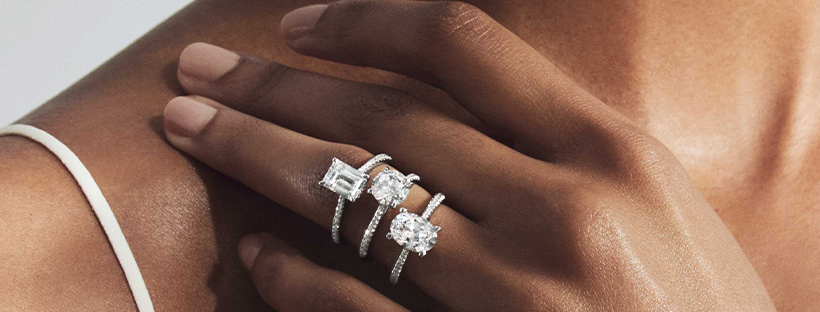
Shopping for an engagement ring is an important and exciting process. While the perfect diamond ring can be found without seeking professional assistance, enlisting the help of a jeweler or diamond specialist will make your quest much easier.
A qualified professional can provide you with valuable advice and guidance on finding a ring that fits within your budget while still conveying your love and commitment. They can explain the Four Cs (cut, color, clarity, and carat) in detail so that you understand what to look for when selecting a diamond, as well as give recommendations on setting styles and metal types based on your individual needs.
Additionally, they may have access to better deals from suppliers than those available in stores or online retailers. Ultimately, if you are serious about buying an engagement ring it is recommended that you seek out a reliable source of knowledge from someone who specializes in diamonds before making any major purchases.

